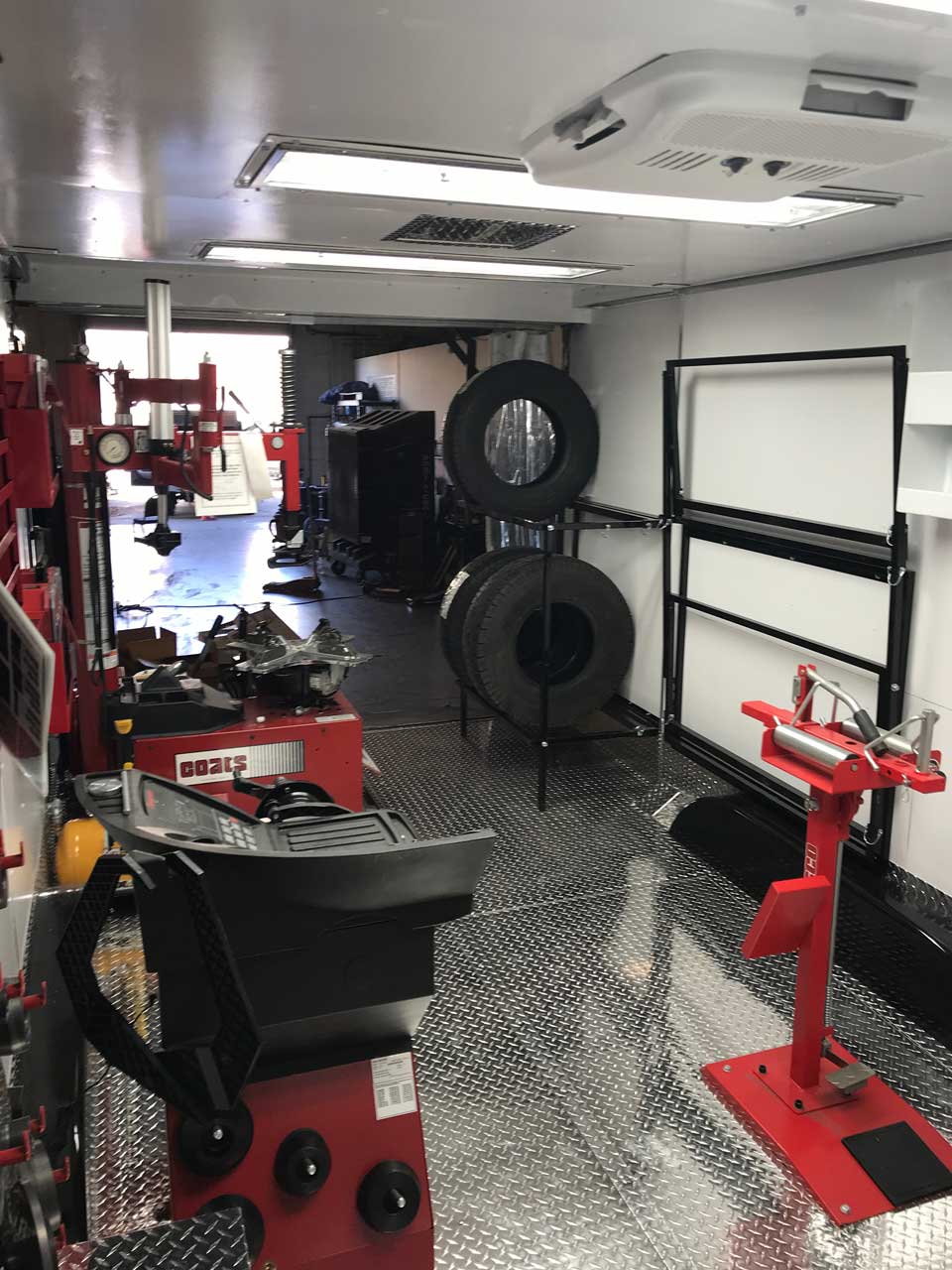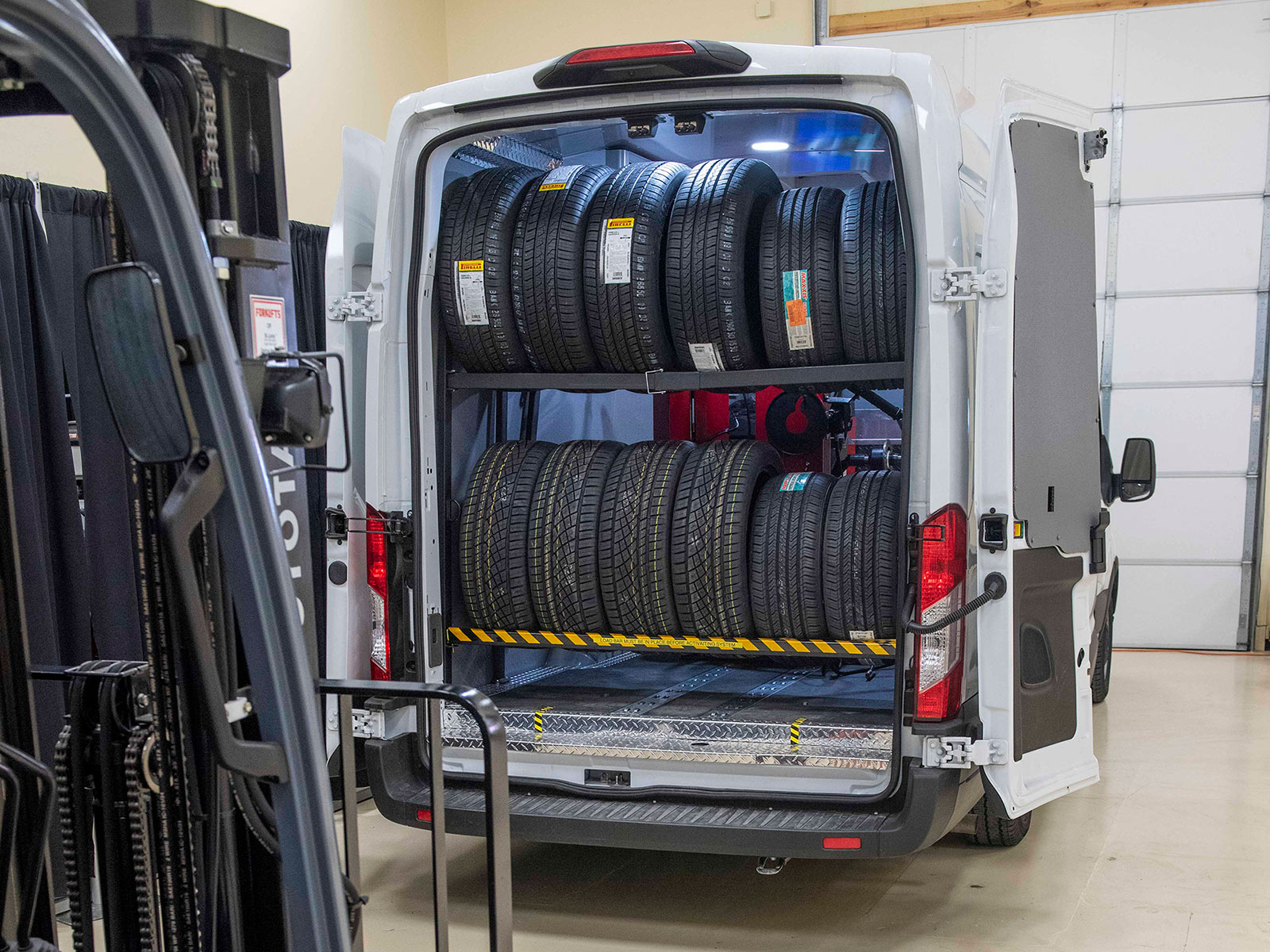Expert Mobile Tire Repair in Las Vegas - Quick Service Guaranteed
Expert Mobile Tire Repair in Las Vegas - Quick Service Guaranteed
Blog Article
Tire Solution: Proven Techniques for Ideal Tire Upkeep and Care
From making sure proper tire pressure to routine turning and placement, there are proven methods that can substantially expand the lifespan of your tires and enhance general driving experience. Let's dive right into the world of tire service and find the tricks to maintaining your tires in top-notch shape for the long haul - Mobile Tire Service Las Vegas.
Value of Tire Stress
Correct tire stress is a crucial consider making certain optimal car efficiency and safety and security when traveling. Preserving the suggested tire stress degrees given by the manufacturer provides various benefits. To start with, ample tire pressure promotes better fuel efficiency, as under-inflated tires can result in raised rolling resistance, creating the engine to work more difficult and eat even more gas. Secondly, appropriate tire pressure ensures even step wear, boosting tire durability and saving cash over time by delaying the need for early replacements. Additionally, properly pumped up tires contribute to improved handling and stopping abilities, important for secure driving in various road conditions. Over-inflated tires, on the other hand, can lead to decreased traction and a harsher adventure. Alternatively, under-inflated tires are susceptible to getting too hot, which can result in blowouts and accidents. On a regular basis adjusting and examining tire stress, particularly soon trips, is a simple yet efficient means to improve vehicle efficiency, prolong tire life expectancy, and prioritize safety and security on the road.
Tire Turning Standards
When considering tire turning standards, it is vital to comprehend the relevance of this upkeep job in making the most of tire lifespan and maintaining optimal vehicle efficiency. Tire turning entails changing the position of each tire on a car to make sure also tread wear. Front tires often tend to put on quicker than back tires as a result of guiding pressures, making normal turning critical for balanced wear patterns. The advised turning pattern differs depending upon whether a vehicle is front-wheel, rear-wheel, all-wheel, or 4x4. Commonly, tires need to be turned every 5,000 to 7,500 miles, or as recommended in the car manual. Disregarding tire turning can result in uneven wear, influencing handling, grip, and potentially compromising car safety. By adhering to correct turning standards, chauffeurs can prolong the life of their tires, improve gas effectiveness, and boost general driving experience. Regular turning is an easy yet reliable upkeep practice that adds considerably to tire long life and automobile efficiency.

Benefits of Wheel Positioning
Ensuring appropriate wheel positioning after tire turning is critical for maintaining balanced wear patterns and making the most of car efficiency. Furthermore, correct wheel positioning aids to extend the life expectancy of your tires. Misaligned wheels can cause irregular tire wear, leading to early tire substitute and raised maintenance costs.

Tire Footstep Depth Check
Doing a normal examination of tire walk deepness is vital for maintaining risk-free driving conditions and extending the life-span of your tires. The walk on your tires plays a crucial function in providing grip, specifically in slippery or damp problems. To inspect your tire tread depth, you can make use of a walk depth scale or the penny test. The suggested walk deepness is at the very least 2/32 of an inch. If the walk depth is listed below this threshold, it is time to replace your tires to guarantee optimal performance and security when driving. Unequal step wear can indicate problems with tire suspension, alignment, or stress, highlighting the significance this content of regular walk depth checks. Ignoring to check and keep proper tread depth can result in minimized grasp, longer stopping ranges, and an enhanced threat of hydroplaning. By integrating tire step depth explore your regular upkeep timetable, you can drive with confidence knowing that your tires remain in top condition.
Seasonal Tire Inspection
Seasonal tire assessment is an essential element of tire upkeep that guarantees tires are prepared to encounter the obstacles presented by different weather conditions. In preparation for winter, it is essential to inspect the tire pressure regularly as cold temperature levels can trigger tire pressure to drop. By carrying out routine seasonal tire assessments, motorists can extend tire life-span, boost gas efficiency, and most significantly, ensure a safe driving experience in varying weather condition conditions.
Final Thought
To conclude, keeping correct tire stress, web link revolving tires consistently, straightening wheels correctly, keeping an eye on walk depth, and conducting seasonal inspections are important practices for optimal tire treatment. By complying with these proven approaches, drivers can guarantee their tires last longer, do better, and contribute to total vehicle safety and security. It is essential to focus on tire maintenance to stop crashes, improve gas effectiveness, and extend the lifespan of tires.
Ample tire stress promotes far better gas effectiveness, as under-inflated tires can lead to boosted rolling resistance, creating the engine to function tougher and consume more gas.When thinking about tire rotation standards, it is vital to understand the relevance of this maintenance job in making best use of tire life-span and keeping optimum vehicle efficiency. Seasonal tire examination is a fundamental aspect of tire maintenance that guarantees tires are prepared to face the challenges positioned by different weather condition conditions. By carrying out routine seasonal tire evaluations, chauffeurs can prolong tire lifespan, boost fuel effectiveness, and most significantly, make sure a safe and secure driving experience in varying weather condition problems.
In verdict, preserving correct tire stress, turning tires consistently, straightening wheels properly, checking tread depth, and carrying out seasonal inspections are vital techniques for optimum tire care.
Report this page